Most electric boats used by regular boaters today are dingys, not large enough to live aboard, and the cost for systems like torqeedo or ocean volt is prohibitively expensive to many, inefficient and directly in conflict with any sort of open source or free software philosophy.
The use of fossil fuels to power recreational non-essential activities is in question, but the "solutions" the market has provided are expensive and out of reach to non-affluent boaters. There are very few systems targeted at pushing larger boats with high efficiency. If you consider the size of the tail of a fish or whale to it's body, this is the diameter of propeller needed to be optimal at low speeds. A propeller develops 40% more thrust for the same power input with a doubling in diameter at 1/4th the rotational speed. It is therefore obvious that almost all propellers on boats today are too small and they are relying on the high energy density of fuel to move a small stream of water fast instead of a large stream slow. Any electric conversion with the same standard of undersized propeller will yield disappointing results.
Although I can scull 2knots (about walking speed) using a sculling oar made from eucalyptus wood I obtained in rodrigues island, and I have sculled a total distance of more than 100 miles (in 10 years) less than the distance covered in 24 hours under sail, this method has proven unpopular because of the physical effort required as well as the general lack of knowledge in this area. I have built 4 oars with increasing efficiency. The 3 key reasons to the high efficiency is that the sculling oar is equivalent to a "counter rotating", single blade propeller of 7ft diameter. Most attempts I have seen end up with an oar so inefficient that it is resigned to the deck as a "showpiece" and claim of having a sculling oar without using it more than an initial test. I continue to promote these oars as they are far more environmentally friendly and reliable than electric drives ever will be, but I am always faced with skepticism (until they see how fast I can scull) but even this doesn't seem to persuade many to discard their pollution machines.
My new boat (built in 1973) is a 33ft trimaran. While it has superior sailing efficiency to most craft its size, it has has a large windage and is more difficult to scull against the wind than the last boat which could scull against 15 knots of wind. With more than 10 knots of wind (50% of the time here) control is limited, and I cannot tack in 50ft wide channels anymore either. This encouraged me to explore electric propulsion.
I was able to obtain large lightweight solar panels for $80 each on ebay. The battery is a LiFePo4 12 volt 40ah I had already to power my computer. The cost of solar panels and batteries is reasonably low. There are many deals on slightly used lithium batteries that are cheaper than lead acid, and their efficiency is much better.
Putting panels in series is not ideal on a boat because of partial shade. There is nearly always shade from the rigging. It would be unwise to remove the rig, so putting all the panels in series may work on a rooftop, but not on a sailboat (or many other situations). Furthermore, one of my flexible panels developed cracks in some of the cells from being flexed too much in the wind. Now it produces about 70% of its rated power. Another panel produces 90% and it had never been used; some of the cells are visibly white around the edges. I cannot put unmatched panels in series and it seems only 2 out of 7 panels I have are matched.
I need an MPPT controller that can charge batteries of higher or lower voltage than the panels to offer maximum flexibility and experimentation to find the best combination that works. The cheapest proven MPPT on the market is...
Read more » sean d'epagnier
sean d'epagnier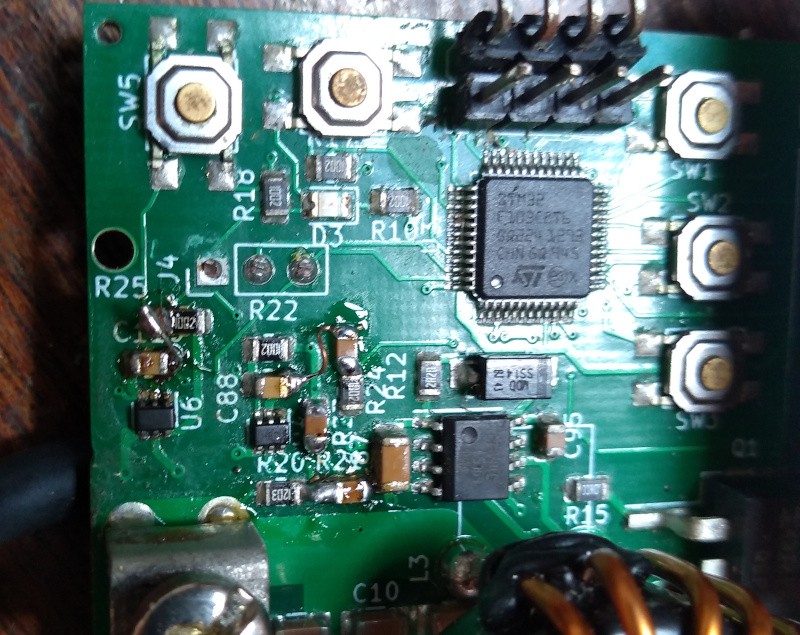
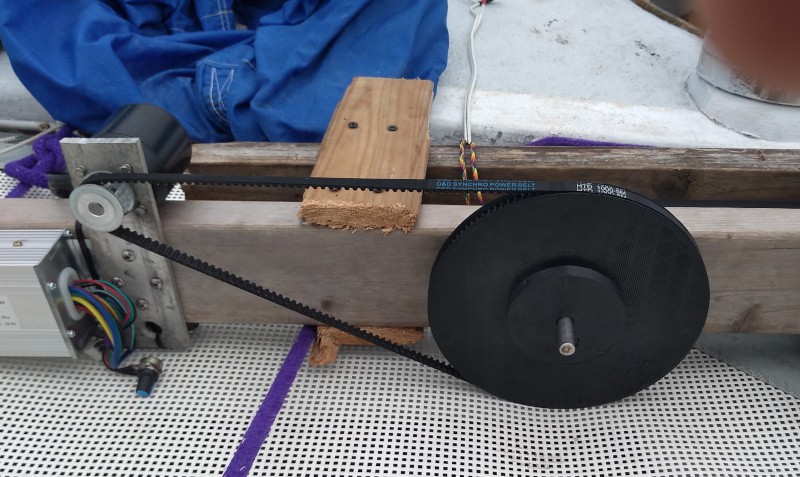


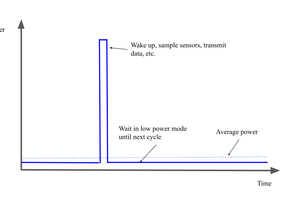
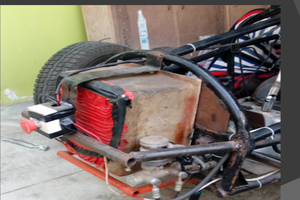
 vignesh95
vignesh95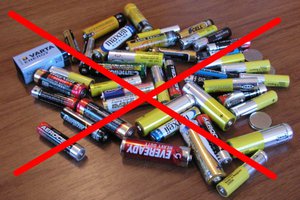
 Jan Waclawek
Jan Waclawek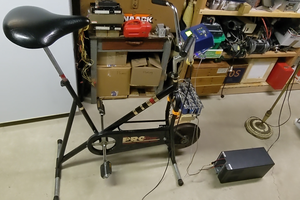
 alnwlsn
alnwlsn